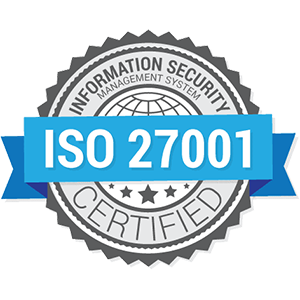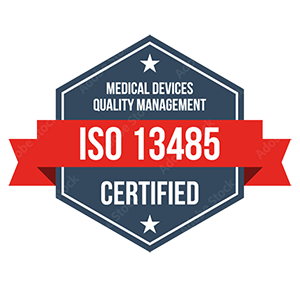The healthcare industry is at a critical juncture. With the rise of chronic diseases, an aging population, and increasing healthcare costs, it’s clear that the traditional model of care is no longer sustainable. But what if we told you that there’s a better way? A way that combines the best of technology with the human touch to deliver better health outcomes, more efficiently, and at a lower cost.

Healthcare systems are struggling to keep up with the demands of a rapidly changing world. Patients are seeking more personalized, convenient, and affordable care, while clinicians are facing increasing workloads and administrative burdens. The traditional model of care is fragmented, inefficient, and often ineffective.

At Salaso, we believe that the future of healthcare lies in hybrid care – a model that combines the best of technology with the human touch to deliver better health outcomes. Hybrid care is not just about replacing in-person visits with virtual consultations; it’s about creating a seamless, integrated experience that puts patients at the center of their care.
Imagine a world where patients can engage with healthcare services in whatever way suits them best. Where clinicians can manage patient care across multiple settings, with real-time data and insights to inform their decisions. Where digital therapy is not just cheaper, but better, in terms of patient outcomes.
So what are the benefits of hybrid care? For patients, it means better health outcomes, more convenient access to care, and a more personalized experience. For clinicians, it means more time to focus on high-value tasks, better data and insights to inform their decisions, and a more sustainable workload. And for healthcare systems, it means reduced costs, improved efficiency, and a more sustainable model of care.

The future of healthcare is not just about technology; it’s about people. It’s about creating a system that puts patients at the center of their care, and supports clinicians in delivering the best possible outcomes. At Salaso, we’re committed to making that vision a reality. Join us on this journey, and together, let’s create a better future for healthcare.

